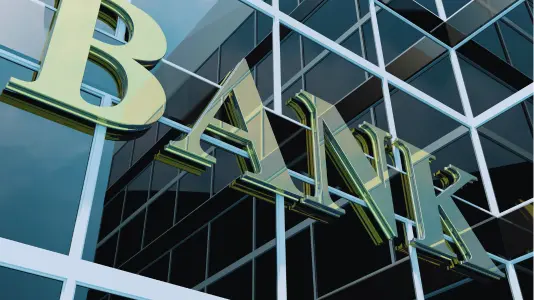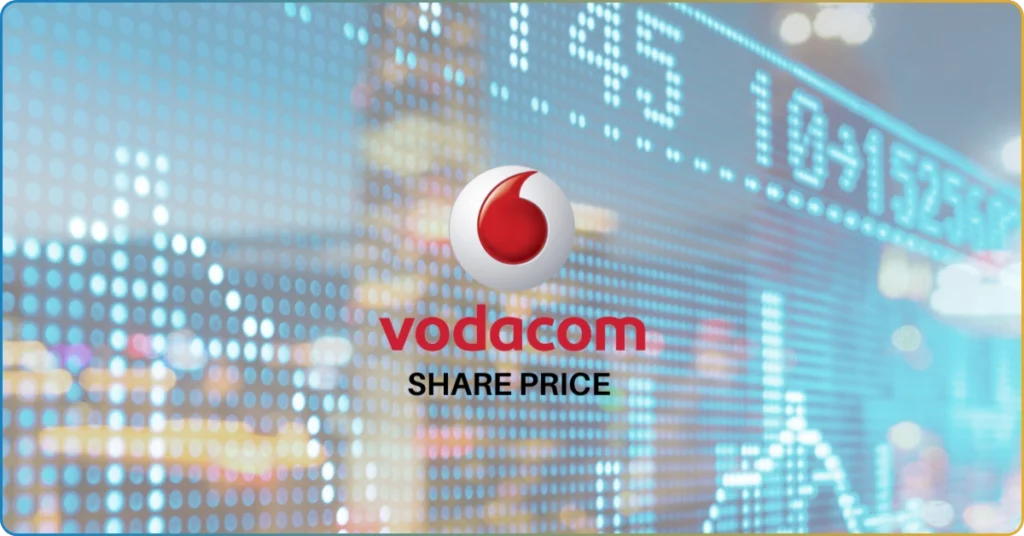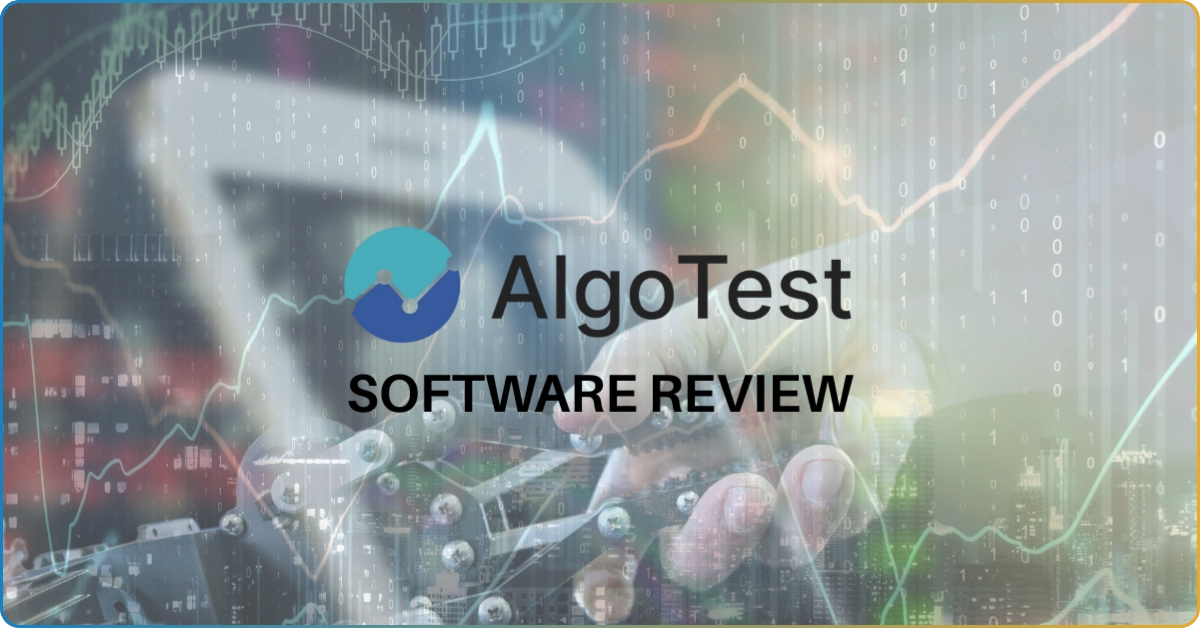Cryptocurrency has once again stepped into the mainstream media limelight. In March 2024, Bitcoin’s (BTC) market price repeatedly breached its previous all-time highs, skyrocketing to a historic USD 73,835.57 per bitcoin.
The digital currency’s whopping value ignited the public’s curiosity about Bitcoin and cryptocurrencies as a whole.
For beginners and complete strangers to cryptocurrencies, the topic can seem overly complex and intimidating.
But it doesn’t have to be.
This article will help you get a better understanding of crypto, how it works, and its dynamics with the financial markets.
What Is a Cryptocurrency?
The Oxford Dictionary defines a cryptocurrency as “A digital currency in which transactions are verified and records maintained by a decentralized system using cryptography.”

Before you scratch your head and go into another Google search for “decentralized system” and “cryptography,” let’s put it on record that we agree that the Oxford Dictionary’s definition of cryptocurrency is a mouthful and a bit complex.
Let’s break it down into a simpler and more beginner-friendly explanation, then.
- A digital currency. This means that a crypto coin or token is purely digital; it has no physical form and exists only on the internet. In other words, cryptocurrencies are basically nothing more than a line of code.
You may ask, “But what about the shiny gold token with the ₿ symbol?” Despite its widespread use on the internet, that token is nothing more than a digital artist’s illustration of a Bitcoin.
- Maintained by a decentralized system. Banks, or even governments, don’t make cryptocurrencies. Instead, they are “mined” using complex computer programs. This makes digital currencies virtually immune to being manipulated or controlled by a central authority.
- Using cryptography. Complex mathematical algorithms are at the heart of cryptocurrency transactions. From creating new “coins” to verifying dealings, using cryptographic methods ensures the security and privacy of the activities associated with it.
Is it still too complicated? Join Communitrade and immerse yourself with the practical and insightful knowledge of experienced traders. Here, you’re not only connected to traders worldwide, but also to the reliable online trading knowledge.
When Did Cryptocurrencies Become Mainstream?
You can trace the start of cryptocurrency back to 2008. In October of that year, a person – or a group of persons – going by the name Satoshi Nakamoto published the Bitcoin whitepaper.

The whitepaper, “Bitcoin: A Peer-to-Peer Electronic Cash System,” contained a detailed outline for an internet-based peer-to-peer currency.
BTC did not immediately gain the popularity it enjoys today. Following its launch in 2008, one Bitcoin’s value was practically zero. It increased from zero to about USD 0.10 to USD 0.20 in 2010.
The price of the original digital currency slowly increased over the years. It climbed to USD 0.30 before 2010 ended and breached the USD 1 mark in 2011. In the same year, Bitcoin’s value rose to USD 29.60 before plunging to USD 5 following a sharp recession in the cryptocurrency markets.

Bitcoin went past the USD 100 milestone in 2013, reached USD 100 in April of the same year, USD 200 in October, and closed the year at USD 732.
By 2018, Bitcoin has paved the way for other digital currencies. Financial institutions, investors, and economists have taken note of crypto and its possible uses in the financial sector.
Around this time, other cryptocurrencies – collectively known as altcoins – started to enter the market. These new digital currencies were nowhere near as popular or valuable as Bitcoin. However, they still parallelled the general trends of BTC.
Popular Cryptocurrencies
Many digital currencies tried to follow in Bitcoin’s footsteps. Some of them were successful and were able to carve a spot for themselves in the financial markets.
Examples of these popular altcoins include:
1. Ethereum (ETH)

Launched in 2015, ETH is the second-largest digital currency in terms of market capitalization.
While Bitcoin behaves similarly to gold (i.e., it stores value), Ethereum is more like a digital platform that allows users to create and run decentralized applications (dApps) and smart contracts.
Current Market Cap: USD 413,667,229,827
2. Tether (USDT)

Tether is a stablecoin, a type of cryptocurrency that pegs its value to a fiat currency (government-backed physical money, a.k.a. cash) or other external assets to reduce volatility.
USDT’s creator, Tether Limited Inc., claims to have one US dollar for every single USDT in circulation.
Current Market Cap: USD 104,074,990,738
3. Binance Coin (BNB)

BNB is an altcoin used by Binance, a hugely popular digital currency exchange platform.
As Binance’s native coin, you can use BNB on many transactions on Binance Exchange.
Current Market Cap: USD 86,670,928,070
4. Solana (SOL)
Solana Labs launched Solana in 2017 and touted it as an “Ethereum Killer” (i.e., Solana Labs envisioned it to become bigger than ETH).
It can perform significantly more transactions per second than Ethereum and for lower transaction fees.
Current Market Cap: USD 83,531,240,246
5. USD Coin (USDC)
Like USDT, USDC is another stablecoin pegged to the US dollar. The Centre Consortium, comprised of Circle and Coinbase, a widely popular crypto exchange platform, introduced USD Coin in 2018.
As a product of Circle, an American company, USDC is subject to regulation by US financial regulatory bodies.
Current Market Cap: USD 32,187,646,407
What Makes Cryptocurrencies Special?
Proponents of digital currencies applaud the many benefits of crypto, which they say make crypto trump traditional currencies.
Below are some of the traits that set cryptocurrencies apart from fiat money (currency backed by governments).
Decentralized
Digital currencies are decentralized. As you’ve read earlier, decentralized means that these virtual currencies are not controlled by anyone. No single individual, institution, or government can dictate its value or flow.
The decentralization of cryptocurrencies, particularly Bitcoin, is made possible by blockchain technology.

In simple terms, blockchain acts as a distributed ledger or a database that operates on a peer-to-peer (P2P) basis. In a P2P network, every participant holds a copy of the ledger.
Distributing a ledger’s copies among a blockchain’s participants ensures decentralization and that transactions are verified and recorded through the participant consensus.
Borderless and Permissionless
Cryptocurrency transactions are done on a blockchain. This removes the need for third-party intermediaries like banks.

Through a blockchain’s P2P network, you can send and receive cryptocurrencies directly, regardless of you or the other participant’s location.
You don’t need approval or permission from a third party for crypto transactions on blockchains; all you need is an internet connection.
Secure
Digital currency transactions are protected by cryptography. Each user in a blockchain has a private key they use to authorize transactions and prove their ownership of an asset in the blockchain.
A private key is like a password. It is a unique string of characters comprised of letters, numbers, and special symbols. Private keys are typically hundreds of characters in length.
Private keys generate public keys, which allow users to receive cryptocurrencies into their accounts.
Innovative and Adaptable
Digital currencies made it possible to create new innovations in the finance and technology sector.
Developments like decentralized applications (DApps), decentralized finance (DeFi), and smart contracts allow blockchain participants to enter agreements without trusted third parties.
Transparent

All transaction information on a blockchain is kept in a public ledger and is accessible to anyone.
Virtually anyone can view the transaction histories on a blockchain and verify their authenticity.
How Do Digital Currencies Work?
Cryptocurrencies operate on blockchain technology. This technology allows users to store and share their data without relying on trusted third parties.
Transactions on a blockchain are recorded as a “block” of data. These data blocks form a continuous chain of transaction information, hence the term “blockchain.”
The validity of every transaction on a blockchain network is verified through a process called “consensus.” Each consensus mechanism has its own set of rules and protocols that determine a transaction’s validity.
The data recorded on a blockchain are immutable and shared across a network of computers. This means that once a transaction has been put on a blockchain, everyone on that blockchain’s network can access it. However, they cannot alter or delete the recorded data.
Using blockchain technology prevents people from duplicating their cryptocurrency and spending it twice.
Digital Currencies vs. Fiat Currencies
Fiat currencies are money backed by governments (e.g., the US dollar, South African rand, Indian rupee). These currencies generally derive their value from their respective governments’ central banks instead of through asset reserves like gold.
Aside from having physical copies, there are many other differences between cryptocurrencies and cash.
The table below shows these distinctions.
| Cryptocurrency | Fiat Currency |
|---|---|
| Decentralized | Centralized |
| Digital medium of exchange only | Physical and digital medium of exchange |
| Generated by computers | Issued by governments |
| Limited supply | Virtually unlimited supply |
| Restricted by country borders | Borderless |
| Generally volatile | Generally stable |
| Not yet accepted as legal tender in many countries | Legal tender |
| Transfers often take less than a minute | Transfers can take days due to reliance on third parties |
| Peer-to-peer transactions | Generally requires third-party intermediaries |
Who Oversees Cryptocurrencies?
The continuing development and market growth of cryptocurrencies have prompted governments worldwide to explore ways of keeping them regulated.
Although digital currencies are borderless, they are still subject to the laws and regulations of the countries where they are being used.
For instance, suppose you own one bitcoin and would pay a person in the US 0.005 BTC. In this case, the laws and regulations of your country would apply to the BTC you sent, while US regulations would have jurisdiction over it when it’s received by your recipient.
Each country has its own regulatory body overseeing cryptocurrency activities in their jurisdictions. The responsible institutions depend on how the relevant countries classify cryptocurrencies (e.g., as a security, commodity, property, etc.).
Australia

The Australian government classifies cryptocurrencies as properties and subject them to capital gains tax.
Crypto exchanges are required to register with the Australian Transaction Reports and Analysis Centre (AUSTRAC) and comply with Anti-Money Laundering/Counter-Terrorism Financing (AML/CTF) laws.
Additionally, exchanges with initial coin offerings (ICO) have to satisfy the requirements set by the Australian Securities and Investments Commission (ASIC).
China

The Chinese government prohibits crypto firms from operating in China.
In May 2021, the country banned Bitcoin mining before banning cryptocurrencies as a whole in September of the same year.
European Union (EU)

Digital currencies are legalized across most of the European Union. However, individual member-nations have varying governing laws regarding them. Taxation on crypto earnings and properties also vary, ranging from 0% up to about 48%.
With the EU’s Fifth and Sixth AML Directives (5AMLD and 6AMLD) coming into effect, member-countries tightened the KYC/CFT (Know Your Customers/Counter-Terrorism Financing) obligations and reporting requirements for businesses.
The Markets in Crypto-Assets Regulation (MiCA), proposed by the European Commission in 2020, also came into effect in 2023. The MiCA framework improves consumer protection in the EU, lays down directives on cryptocurrency industry conduct, and introduces additional license requirements.
India

India is still on the fence about crypto. The country has not yet legally acknowledged cryptocurrencies but hasn’t made moves to ban them either.
The Indian government has accommodated and welcomed the use of blockchain and Distributed Ledger Technology (DLT) for governance. However, it’s still cautious towards virtual assets like cryptocurrencies.
At the time of writing, India still has no regulatory framework governing virtual currencies. The country does not recognize cryptocurrencies as a legal tender or a medium of exchange.
Japan

The Japanese government has a progressive view on crypto regulations.
Japan classifies cryptocurrencies as legal properties under its Payment Services Act (PSA). Crypto exchanges in the country must be registered with Japan’s Financial Services Agency (FSA) and comply with AML/CTF laws.
The country also has a crypto-specific organization where all crypto exchanges are members, the Japanese Virtual Currency Exchange Association (JVCEA), founded in 2020.
How Are Cryptocurrencies Created?
There are many ways to create cryptocurrencies. Many of them are created through a process called “crypto mining.”
Newer cryptos are made using alternative methods, such as:
- Initial coin offerings
- Forks
These processes are explained briefly below.
Cryptocurrency Mining
Also known as Proof of Work (PoW) consensus mechanism, crypto mining is a time and energy-intensive process. It requires miners to use highly specialized and powerful hardware with massive computing processing capabilities.
In crypto mining, the miners are rewarded for maintaining the blockchain network and validating transactions in it. Every time they validate a transaction, a new block is added to the blockchain, and the miner is rewarded with a set number of coins.
The complexity and difficulty of the puzzles miners must solve grow exponentially with the blockchain.
For instance, it was possible to use a regular home computer to mine Bitcoin during its early days in 2009. Today, you would need hardware specifically designed to handle this process to participate in Bitcoin mining.
Initial Coin Offerings
COs are a way for companies to launch a new cryptocurrency if they lack the initial funds to cover the expenses related to developing new coins.
In this process, the company trying to develop a new digital currency will present to potential investors a whitepaper with important details regarding the ICO.
Generally, the whitepaper will show:
- What the project is all about
- What problem the project solves
- How much money the project needs
- The duration of the ICO
- Accepted types of payment
If the organizers receive enough funding for their project, the funds will be used to create develop the new cryptocurrency.
Hard Forks
Hard forks refer to the creation of a new cryptocurrency due to a shift in a blockchain’s protocol. When a blockchain changes its basic set of rules, the chain splits and diverges in two separate directions.
The new blockchain shares the history of past transactions with the original chain. However, it continues on a different path and creates its own blockchain following the new set of protocol.
Bitcoin Cash (BNC), created in 2017, is a well-known example of a cryptocurrency made through a hard fork.
Navigating the world of crypto on your own can be challenging. It is always a good idea to learn about its intricacies from people with more experience and familiarity in crypto. Join CommuniTrade and find like-minded crypto enthusiasts!

















